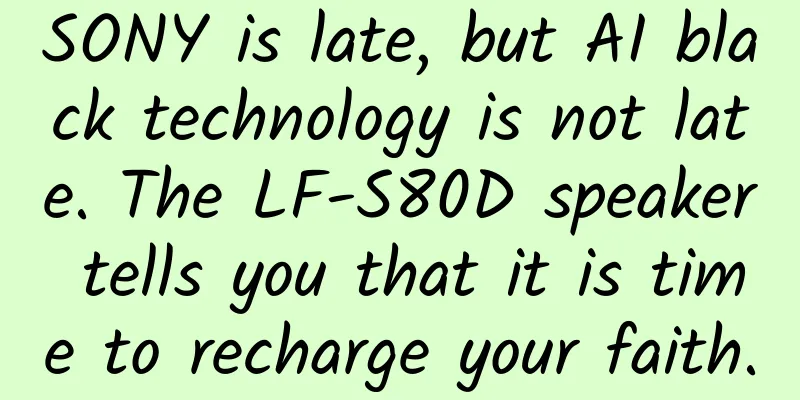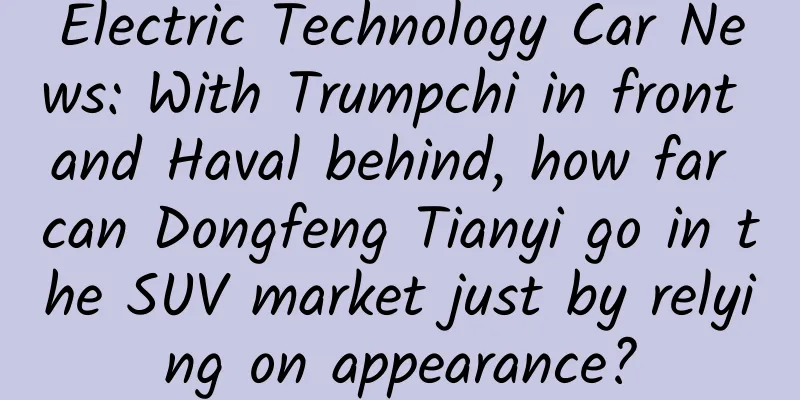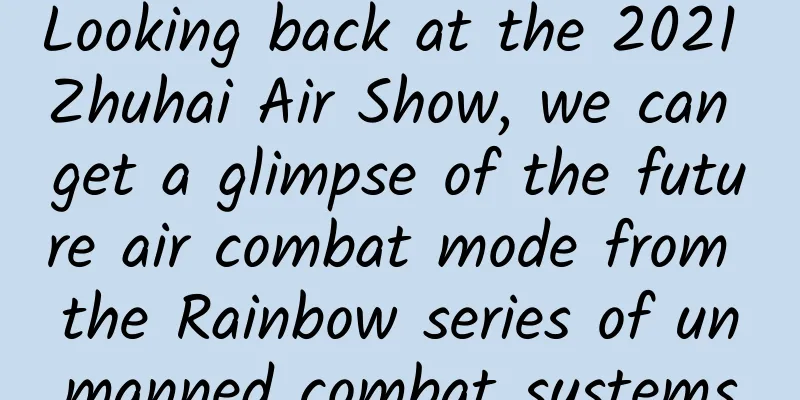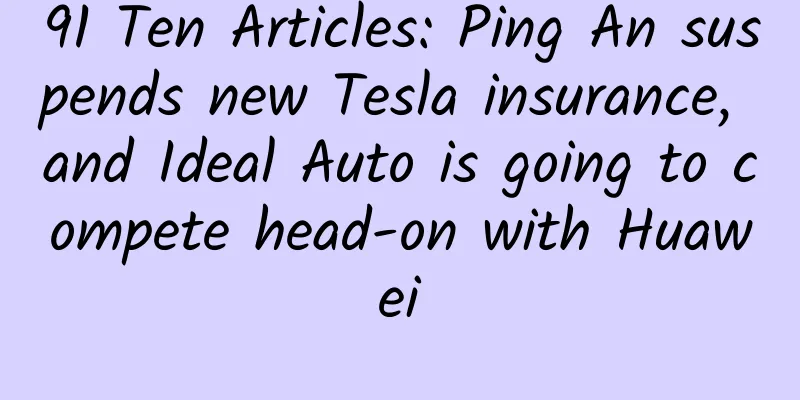The debate over electric vehicle charging and battery replacement seems to have ended a little too early
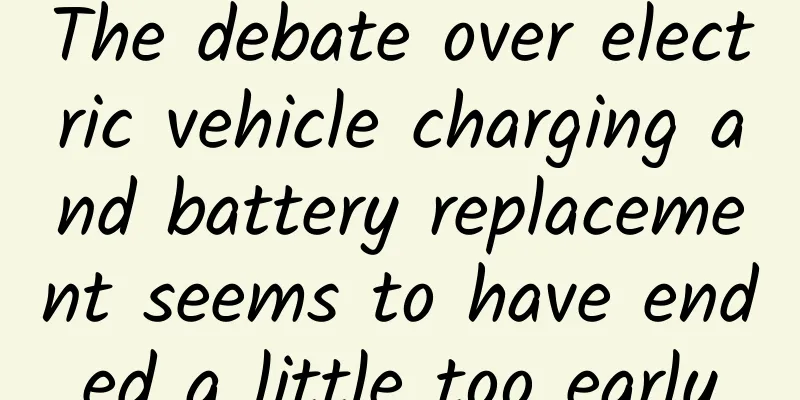
|
There has always been a dispute over charging and battery swapping in the power supply mode of electric vehicles, and the charging mode has won an overwhelming advantage a few years ago. As time goes by, the charging mode still occupies the mainstream of the market. BYD and most other companies have chosen the charging mode to develop the pure electric vehicle business. Although the battery swapping mode is at a disadvantage, some companies are still unwilling to give up. This PK competition may have to go overtime... Better Place ends with a sad look Better Place, an Israeli electric car company, is the first to develop a pure electric vehicle battery replacement business model. Its new battery replacement model breaks the bottleneck concepts of electric vehicles such as "expensive", "limited battery life" and "range anxiety". It received support from Renault in its early days, but due to huge construction costs and strategic execution errors, on May 26, 2013, Better Place announced that it had submitted an application to the court to enter bankruptcy liquidation procedures, and wrote on its official Weibo in China: "Today is very sad and difficult for all of us-the Better Team (Today is a sad and difficult day for the Better place team)", followed by a sad expression. The bankruptcy of Better Place has labeled the battery swap model a "complete failure", and various media outlets also unanimously believe that the battle for pure electric vehicle charging and battery swapping has officially ended. The battery swap model is brought up again Although the commercial battery swap model promoted by Israeli new energy vehicle company Better Place and American new energy manufacturer Tesla in the private car field failed halfway, professionals have never given up exploring the battery swap model. On July 12, 2016, the IEC international standard "Electric Vehicle Battery Replacement System Part 1 General and Guidelines" (IEC TS 62840-1), proposed by China and jointly formulated by more than 10 countries including the United States, Germany, and France, was officially released. At the "2016 China Electric Vehicle Charging and Swapping Service Innovation Summit Forum" held this year, the battery swapping model that seemed to have lost out in the years of "charging and swapping" competition was picked up again. The forum aims to explore innovative changes in the business model of electric vehicle charging and swapping services. Why bring it up again? Among the domestic companies producing pure electric vehicles, BYD, which has strong battery R&D capabilities, and most other companies have adopted the charging model to develop their pure electric vehicle business. Even though the battery swap model is still not widely accepted in the market, some companies have begun to increase their efforts in the battery swap model. On October 29 this year, the first batch of 10 charging and swapping stations jointly built by BAIC New Energy, Sinopec, Aulton New Energy and Shanghai Electric Bus were officially put into use, covering eight districts and counties including Beijing's central urban area, Huairou and Shunyi. BAIC Group plans to have 200 charging and swapping stations officially in operation in Beijing by the end of next year to meet the battery swapping needs of 30,000 taxis and online ride-hailing vehicles. Although the debate on the charging and battery swapping mode of new energy vehicles has been going on for a long time, with the launch of the national electric reform and the significant progress of battery swapping technology, the battery swapping mode has found an accurate market positioning. The battery swapping and charging compatible mode not only breaks the mileage anxiety of pure electric vehicles, but also solves the problems of long charging time, queuing and parking fees to the greatest extent. From the perspective of economic and social effects, the promotion of battery swapping taxis has great potential. The advancement of battery swapping technology can, to a certain extent, make up for the obstacle that charging poses to the entry of electric vehicles into ordinary households. Firstly, the range of an electric car on a single charge is only about 300 kilometers. Due to the insufficient number of charging stations, electric car owners often have to look for specific charging stations and wait in line, and even need to pay a certain parking fee while waiting for charging. Secondly, distributed charging may cause a significant impact on the city's power grid in an instant. Thirdly, long-term fast charging of batteries will have a certain impact on battery life, and it will also cause the single cells and voltage in the battery pack to be in an unstable and unbalanced state for a long time. Finally, under the decentralized charging mode, the post-processing of the massive amount of retired electric vehicle batteries is an urgent problem to be solved. Battery swap model "revival" Take Shanghai Electric Bus Group, which was established in 2001, for example. It successfully won bids for the Beijing Olympics, Shanghai World Expo and the subsequent Asian Games, and the battery-swap operating vehicles have been put into practice very well. The centralized battery swapping method can greatly improve the safety of electric vehicles, reduce the impact on urban power grids, extend the service life of electric vehicles, and improve the efficiency of social assets. Therefore, some industry insiders believe that for commercial vehicles in China and even the world, the battery swapping model can best solve the pain points in their operation. What the hell is battery replacement by splitting boxes? It is too early to say that the battle between charging and battery swapping has ended, because the battery swapping model has indeed made progress in recent years. There are several battery swapping models for electric vehicles, and the main one is chassis battery swapping. On April 16, 2014, the chassis battery swapping technology of LF7002CEV pure electric sedan developed by Zhongke Lifan obtained the utility model invention patent of the State Intellectual Property Office. The chassis battery swapping system is mainly used in pure electric new energy vehicles. When the vehicle battery is about to run out of power, the vehicle can be driven to a special battery swapping station to replace the battery pack within 3 minutes, and the vehicle can quickly replenish power. At the New Energy Vehicle Conference on December 17, Lifan Group Vice Chairman Chen Wei introduced another way of battery replacement - battery replacement in separate boxes, which involves the issue of how to divide large batteries into smaller ones. The battery swapping is mainly done by modifying traditional old cars, so Lifan calls it version 2.0, and Lifan will gradually evolve it. At present, Lifan has a completely manual battery swapping mode, and the weight of a battery is about 17 kilograms. As the energy concentration increases, the weight will be further reduced. The quick-change method has both technical and economic problems. In the past, the connector was a large battery, but after it became many small pieces, the reliability, lifespan and cost of the connector were raised. Eliminating the complicated CAN bus, mainly the chip, Lifan has specially designed an IoT chip for battery safety system management. This can bring great convenience to users, such as being able to see the temperature and pressure of each battery cell on the mobile phone. In addition to technical issues, safety issues are very important to consumers. There are many solutions to safety issues, such as the battery management system that solves problems such as sensing, processing, and decision-making. Specifically, first of all, there is a division of labor between the BMS and the big data platform behind it, whether it is distributed or centralized in the background. Secondly, voltage is the most sensitive, whether it is a ternary lithium battery or a lithium iron phosphate battery. The third is deformation. The ternary lithium battery will expand during use. However, the degree of deformation can be urgently extracted for those that exceed the abnormal life cycle. Finally, there is the smell. Once the battery leaks and produces an odor, there will be a sensor to detect the leakage of the battery electrolyte. The battery replacement by sub-box solves the problem of temperature uniformity of large battery packs and the problem of energy dispersion. Since the system is in a fully designed closed-loop system, shallow charging and shallow discharge can be achieved. According to the insistence of different manufacturers on different material systems, different charging curves can be dynamically selected to extend the life of the battery. Therefore, the bidirectional charger is always reading the internal status, including voltage and temperature. The entire change process is controlled by the bidirectional charger. If charging in winter, the internal temperature is maintained at least above 10 degrees, which has little impact on the battery life, but what to do if the ambient temperature drops below 20 degrees? The solution is to move the battery back to the energy station and charge it after the temperature rises. This problem is easy to solve. However, for the phenomenon that the battery is not taken back, the solution is to charge the battery together in one place, so that the temperature environment can be controlled. Therefore, the cost of controlling the environment and temperature is relatively higher. Battery replacement by split-box is not a simple issue of technology and cost. In fact, it is another model for developing new energy vehicles without changing consumers' usage habits, thus alleviating consumers' concerns about mileage and charging issues. Of course, the battery swap model also faces many questions, such as how to innovate the business model, whether it will repeat the mistakes of Better Place, the formulation of battery standards, and the game of interests among various parties. In the face of doubts, people from all walks of life, including BAIC New Energy, Lifan and other car companies, have been working hard. Professionals believe that "professional operation" is an effective means to implement the battery swap model, that is, "the country uses a relatively high threshold" to cultivate several large electric vehicle battery operating companies, which are responsible for battery technology development and centralized battery procurement, maintenance, supply, and centralized post-processing, while consumers only need to buy the bare car. In addition, the IEC international standard "Electric Vehicle Battery Replacement System Part 1 General and Guidelines" (IEC TS 62840-1) initiated by China, by leading the formulation of battery replacement standards, standardizes battery replacement systems, battery replacement stations, support systems, battery packs, etc., standardizes the basic architecture, composition, interface and classification of electric vehicle battery replacement systems, and provides use case analysis and solutions for battery replacement systems. It will promote the healthy development of the electric vehicle industry and get rid of my country's dependence on foreign standards in scientific research and industrialization development. I wonder how the former Israeli new energy vehicle company Better Place would feel when seeing the current development status of the battery swap model in China. As a winner of Toutiao's Qingyun Plan and Baijiahao's Bai+ Plan, the 2019 Baidu Digital Author of the Year, the Baijiahao's Most Popular Author in the Technology Field, the 2019 Sogou Technology and Culture Author, and the 2021 Baijiahao Quarterly Influential Creator, he has won many awards, including the 2013 Sohu Best Industry Media Person, the 2015 China New Media Entrepreneurship Competition Beijing Third Place, the 2015 Guangmang Experience Award, the 2015 China New Media Entrepreneurship Competition Finals Third Place, and the 2018 Baidu Dynamic Annual Powerful Celebrity. |
<<: Foreign media: Apple's performance in 2016 was really not very good
>>: LeTV has such great ambitions. Where does Jia Yueting’s confidence come from?
Recommend
A creative sharing of industry information flow advertising that you absolutely cannot miss
The general workflow of daily information flow ad...
A must-have website for advertisers, operators, and marketers! (Super full version)
2019 has passed 1/4 … It's time to recharge F...
The "magic elves" that belong only to humans? They are hidden in your brain and mine
Produced by: Science Popularization China Author:...
The most complete! New product launch event process planning plan!
The most important thing about an event is to hav...
How to optimize Baidu OCPC?
How to optimize Baidu OCPC ? This problem has nev...
Why do we need to seize node traffic?
The previous article said that "marketing is...
Huawei, Xiaomi and others are rising, so why is Samsung always the one getting hurt?
More than a month after its overseas debut and a w...
Practical Investment Course - Investment Banking Yue Nu Jian Baidu Cloud Download
Practical Investment Course--Introduction to Inve...
Zhang Xingdong of Beiyu Academy: "Tao Te Ching King Class"
Beiyu Academy Zhang Xingdong's "Tao Te C...
Figure out these 8 questions and save 50% of your advertising and marketing budget!
The content discussed in this article is applicab...
Important reminder! For holiday travel, make these preparations in advance!
The 8-day holiday combining Mid-Autumn Festival a...
How to use and what to pay attention to when attracting traffic on Zhihu!
How to attract traffic to Zhihu ? This question i...
Three popular science editors carefully analyzed Zibo barbecue and discovered the secret of its fire
Audit expert: Taozi National Psychological Counse...
Subjective and objective: Is the Google module phone suspended or terminated?
[[145681]] With the recent establishment of Googl...
Xiaohongshu operation and promotion, Xiaohongshu grass-growing strategy!
1 Xiaohongshu was founded on June 6, 2013. It was...
